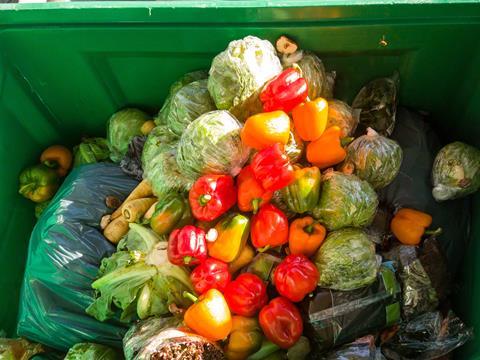
Packaging Europe frequently reports on active packaging solutions that prevent food waste. However, it’s fair to say that a large number of these never reach commercial scale. Andrew Manly, AIPIA’s communications director, looks into the roadblocks and gives his thoughts on what more could be done to help these innovations see the light of day.
We are being told constantly that 30% of the food produced globally never gets eaten. This can be blamed on different things in different regions. But, for sure, in Europe and North America, most food waste happens at the end of the supply chain – in the logistics/warehousing company, at the retailer, or at home.
Yet several ‘active’ packaging technologies are available to inhibit the growth of bacteria, delay ripening or take ‘bad actors’ such as oxygen out of the pack, to prolong the shelf life of proteins and produce. So, are these solutions being embraced? And if they are, how come we don’t see more evidence of them?
For sure there is plenty of activity in the development of flexible packaging with properties to inhibit microbial or bacterial growth. The AIPIA Newsletter has regularly reported on numerous research and development projects at universities or technical institutes which show promising results.
In particular, there seems to be a focus on nanotechnology combined with cellulose or fibres derived from anything from durian fruit skins to bamboo to produce a ‘naturally derived’ material that not only inhibits bugs but is also compostable, degradable or even edible. But do any of these see the light of day as a commercially viable product?
If the experience of AIPIA’s involvement with the NanoPack project is anything to go by, there is a rocky road to fully commercial production. The three-year project successfully produced an antimicrobial film based on halloycite nanotubes and essential oils from herbs such as oregano. The final film was shown to inhibit mould growth in bread by at least 3 weeks, increase the saleability of fresh cherries by 13%, and expand shelf-life of yellow cheese by at least four additional days.
But to get this flexible film, as well as all the others under development, to market requires approval by EFSA, the European Food Standards Agency, and this process can take so long that almost every commercial case goes out the window. Yet we need products like this to help save food and protect consumers from harmful contamination. So, what is EFSA up to? If it takes 2-3 years to get approval, and of course such things need to be checked, then you have to ask if the agency is fit for purpose.
Of course there are some well-established inhibitors on the market, the most well-known being silver. For example, silver nitrate is well known in medical circles as an antimicrobial agent. But the metal in a flexible packaging material makes it very hard, if not impossible, to recycle.
And the effectiveness of silver in the role of an antimicrobial agent is variable according to some reports. On a brighter note, graphene has been proven to contain good antimicrobial properties, while also being recyclable. But, like silver, it’s expensive. There are now more cost-effective and environmentally friendly active packaging solutions.
As for gas scavenging/flushing, well it’s been around for years in some form or another. I recall a current BBC Breakfast Time presenter expressing horror that biscuits and cakes were gas flushed with nitrogen to keep them fresher for longer, leading one to wonder which planet she came from. MAP has been around for years, now we have other, more nuanced products which can take oxygen out to slow spoilage and maintain condition, or inhibit the production of ethylene to slow ripening. They all seem to work very well and are seemingly highly cost-effective.
My questions are: Are food producers using these solutions? If so, to what extent? And if not, why not? Consumers certainly do not like things ‘added’ to their foods these days. But as we found with NanoPack (which undertook extensive consumer consultations) once it was explained that it would save food and protect them from harm, they were all for it!
So, why wouldn’t food producers and retailers be falling over themselves to adopt these solutions and shout about them? After all, you cannot see most of them as they are gases, masterbatch additives, or coatings. Answers please, on a postcard…


















No comments yet